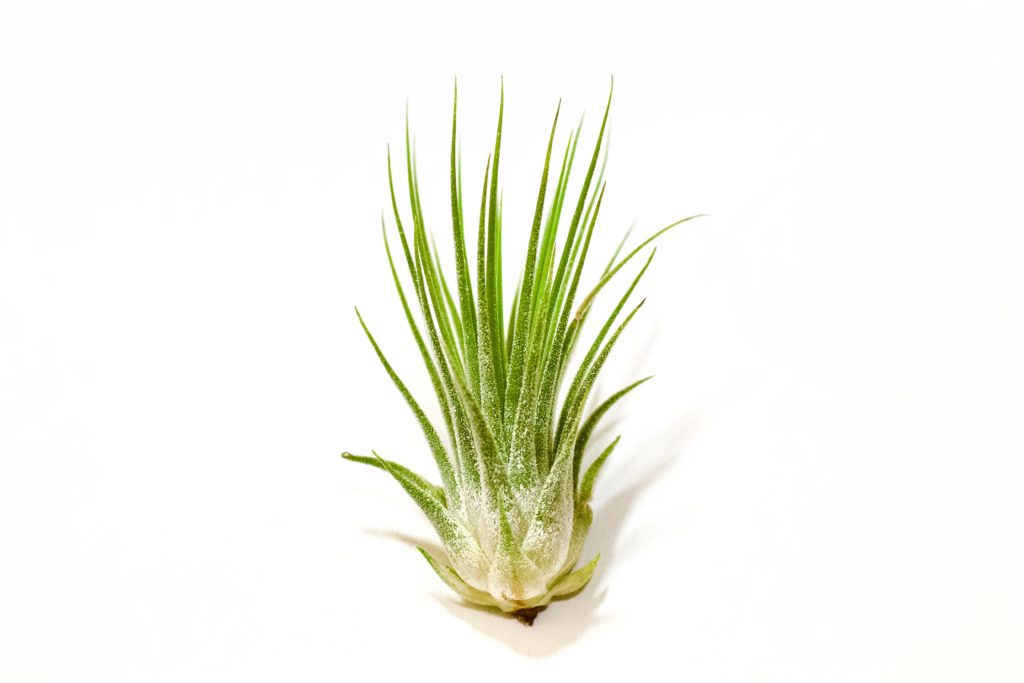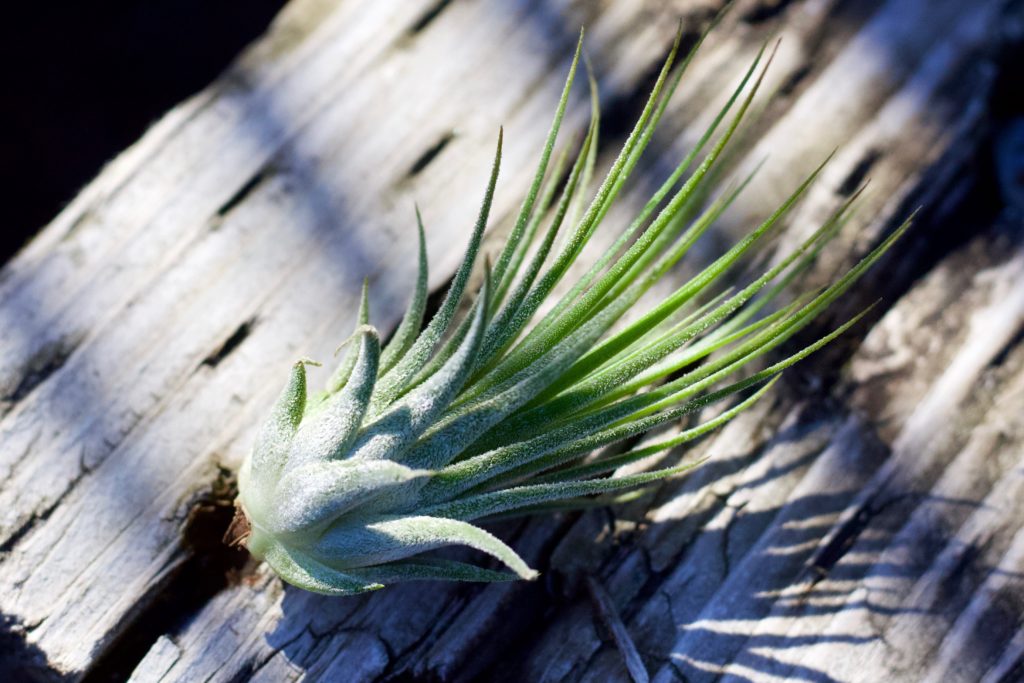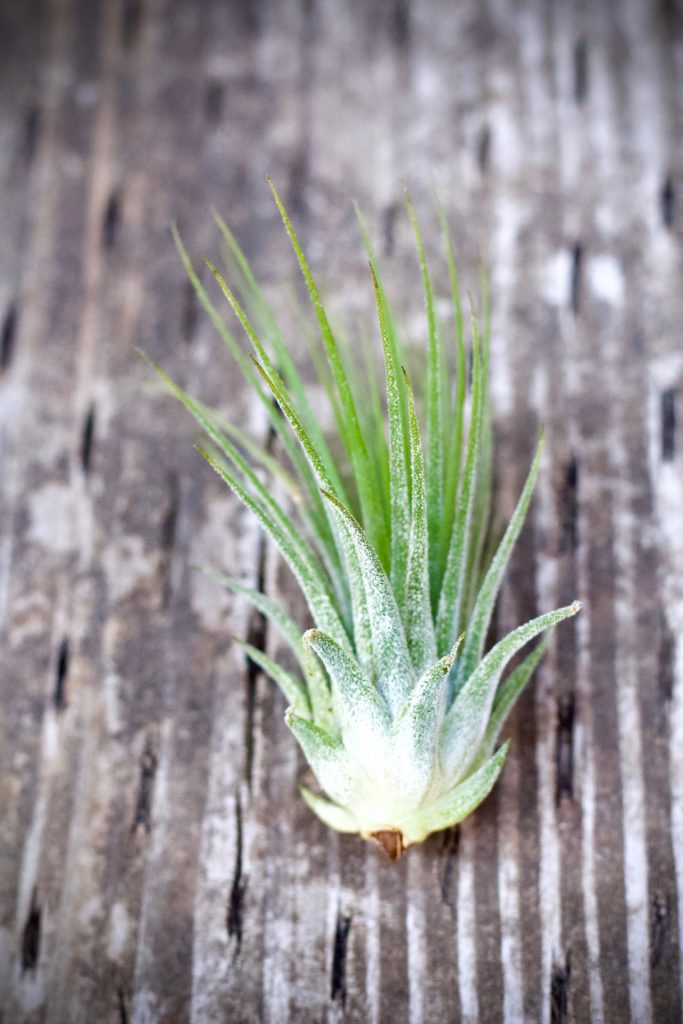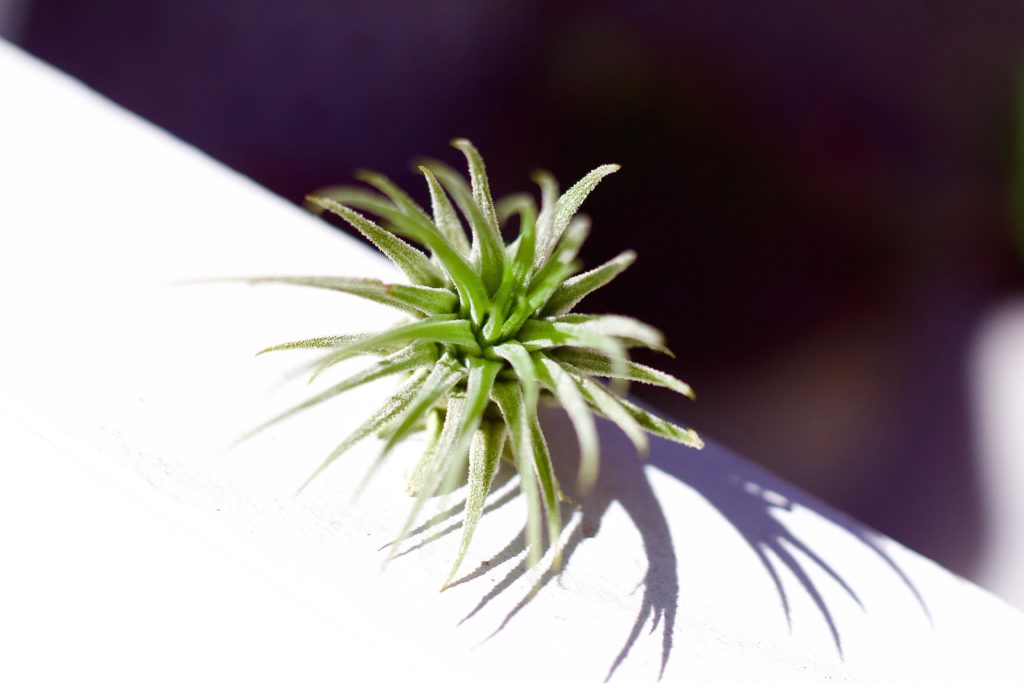How to Keep Air Plants Alive: Easy Care Tips for Beginners
Taking care of air plants is so easy, in fact, that it’s hard to believe they can thrive on such little care and still look so beautiful.
For those of us who pay special attention to our houseplants and the quality of their soil, it’s pretty hard to imagine a soil-less plant!
Well, they do exist and if you learn how to care for air plants properly, I think you’ll fall in love with them. Thankfully, they’re easy to keep alive if you follow a few simple tips!
I’m sure you’ve seen these little plants at the garden center or checkout line at your local store and marveled at their appearance.
They’re modern, sleek, and completely unique. There are hundreds of different air plant species and they’re all spectacular.
They make excellent home decor pieces which is part of the reason they’re gaining popularity across the country.
I think all plant lovers know that nothing sparks up a room quite like live plants!
In this post, we’ll cover all the basic care needs of air plants, aka Tillandsia.

What Exactly Are Air Plants?
Air plants (Tillandsia spp.) are native to areas spanning South America, Mexico, Central America, and the Southern United States.
They’re classified as epiphytes, which means they grow on other plants as well as the bark of trees in their natural habitat. This is why they don’t need soil to survive and can survive on little water.
If you look closely, you’ll notice that tiny roots grow from the crown, and they use those roots to latch onto trees or plants for survival. It’s pretty fascinating!
There are hundreds of different varieties and they’re celebrated for their long, triangular foliage and fuzzy leaves that grow outwards in a rosette fashion. New growth comes from the center, much like succulents and bromeliads.
You can find air plants in shades of silver-light green and deeper green and better yet- they produce flowers! Baby air plants are easy to find in stores but larger sizes are harder to find.
Since they’re one of the easiest plants to grow, they’re an excellent choice for beginners.
Keep reading to get some simple air plant care tips so you can start enjoying this plant in your own home!
Sunlight Needs of Air Plants
If you want to grow air plants successfully then providing them with the right amount of sunlight is critical; these plants may not need soil but they definitely need enough light to stay alive.
In their natural habitat, air plants are shaded by larger plants and trees; they’re not meant to live in direct sunlight!
Instead, they prefer indirect light, which makes them perfect house plants. Natural light is best but you can also use artificial light if needed.
Since they’re sensitive to harsh sunlight, you should avoid placing them near a window that doesn’t have curtains or blinds. Otherwise, the plant might be exposed to too much heat and light, which can cause your plant to sunburn to dry out.
Instead, find a bright spot in your home that’s a few feet away from a bright window. This will provide the plant with the sunlight it needs but also protect it from harsh direct sun.
Like succulents, air plants need about 6 hours of indirect sunlight each day.

Ideal Temperature for Air Plants
Temperature control is extremely important to the health of air plants, especially when grown indoors near heaters and air conditioning units.
As with other houseplants, air plants will not perform well in cold temperatures because they grow naturally in areas with very temperate winters. They prefer a warm environment!
If you live in a cold area with brutal winters, heating your home will prove critical to the health of your air plants. The best temperature range for an air plant is between 50-90 degrees Fahrenheit. Luckily, that’s pretty easy to achieve indoors.
It’s always a good idea, however, to keep your house plants away from heating vents to prevent the plant from drying out and dying.

How to Water Air Plants
Here it is, what you’ve probably been wondering all along: If they don’t live in soil, then how on earth do you water air plants?
It’s the same thing I wondered when I’d pass by these beauties at the garden center.
Thankfully, watering air plants is easy and low-maintenance!
To water your air plant, you simply need to give them a good soak in water for 30 minutes once a week. That’s it! They don’t need frequent watering, thankfully.
In their natural habitat, rainwater and humidity in the air keep them happy. They’re used to going through dry periods in between waterings.
They’ll soak up all the moisture they need to survive but you have to let them dry out properly to avoid rot. Letting them dry out is crucial to their survival and the best way to keep them looking fresh after their weekly soak.
Water requirements and watering instructions:
- Fill a container with water
- Tap water and bottled spring water are fine to use
- Submerge the air plants in the water-filled container for about 20-30 minutes
- Take the air plants out of the water and place them upside down on a towel or dish rack so excess water can dry out (the crown of the plant should be facing upwards)
- Repeat once a week.
TIP: If you live in a dry climate (like me!) you can increase the humidity around your air plants by lightly misting them with a water-filled spray bottle every few days. This is especially helpful during a dry winter.
Also, if you have access to rainwater or pond water, your air plant will love it!
Some more watering tips for your air plants:
- Always use room-temperature water
- Never water your air plants using ice cubes or cold water
- Never use distilled water because this type of water is missing minerals and nutrients that the plant needs
How to Fertilize Air Plants
Fertilizing air plants isn’t necessary, but many growers do it to encourage blooms, new growth, and the formation of pups.
If you’re going to fertilize, make sure to either use a fertilizer that’s specifically made for air plants, or a fertilizer that’s made for bromeliads (a tropical houseplant), because it’s low-nitrogen and non-urea based, which is crucial.
You can either apply fertilizer a few times a year or once a month, but never more than once a month, or you risk nitrogen burn.
A great time to fertilize is when the plant starts to bloom.
To fertilize, spray the fertilizer onto the plant after soaking it in water for thirty minutes, then let it air dry.
Where Can You Place Air Plants?
Air plants are pretty adaptable, so you can let your creativity run wild when it comes to where you place them.
People love growing them in glass terrariums, on top of driftwood, in Christmas ornaments, and attached to copper wire. Have some fun by using a little hot glue (the plant will be fine!) on different DIY crafts.
I love them in small terrariums but I also think they look beautiful coupled together on top of a stylish container or decorative bowl.
Whatever you choose, make sure your air plants get plenty of indirect sunlight, lots of good air circulation, enough water, and bromeliad fertilizer if needed.

Happy gardening!
I just love reading the information u give on how to take care of plants especially the Jade n the Air plants. I live in Florida n the central art on west coast. I’m finding all different sizes of air plants n I’m having a great time taking care of them. Ur information on how to really take care of them was so helpful. Just wanted to thank u n say u must be enjoying gardening as u have so much knowledge. ♥️
Thank you so much for saying that, Michelle!
I’m happy my blog has helped! (I love jade & air plants!!) : )